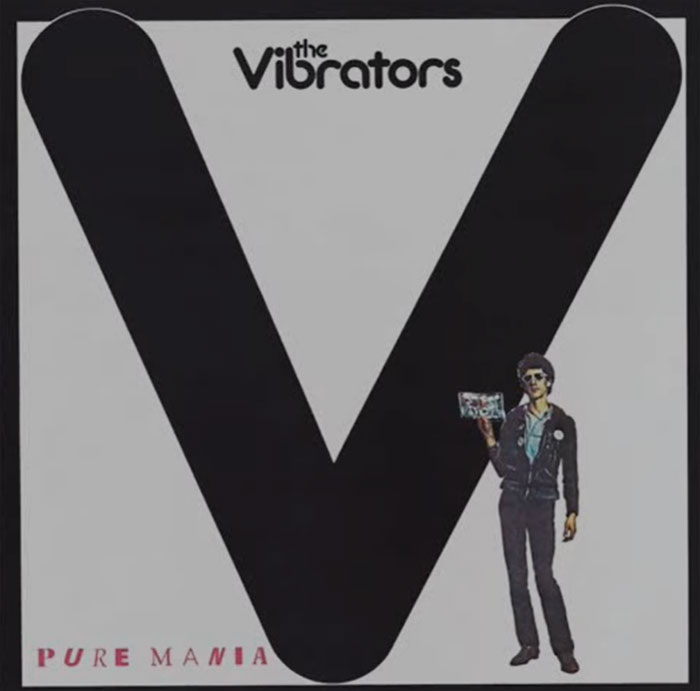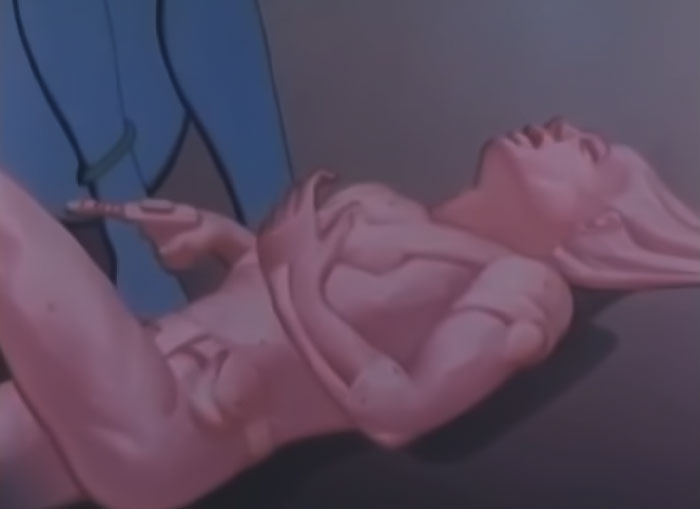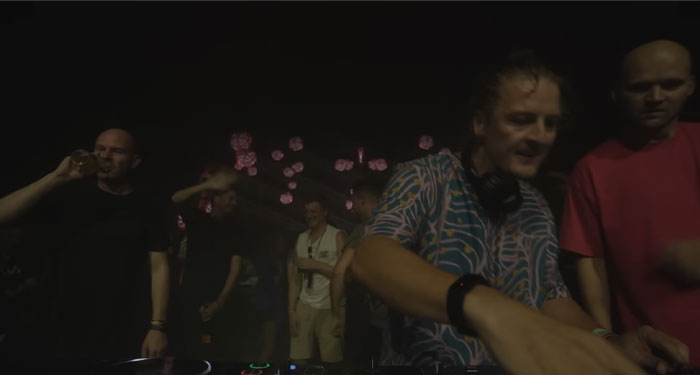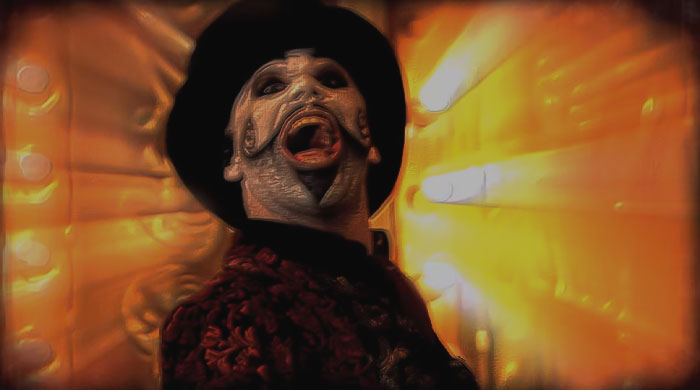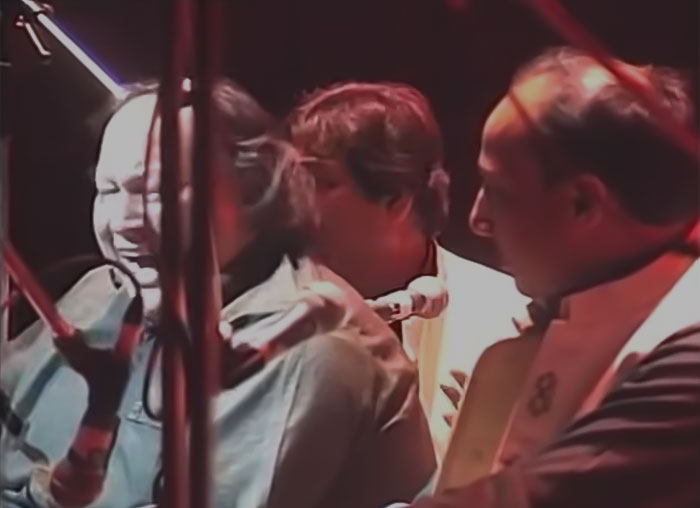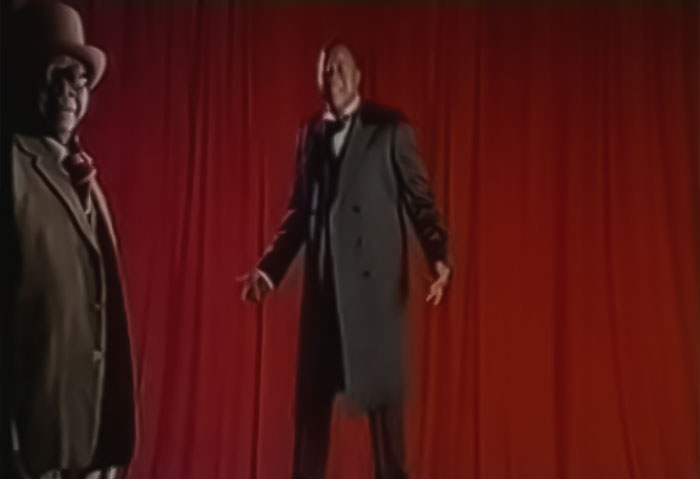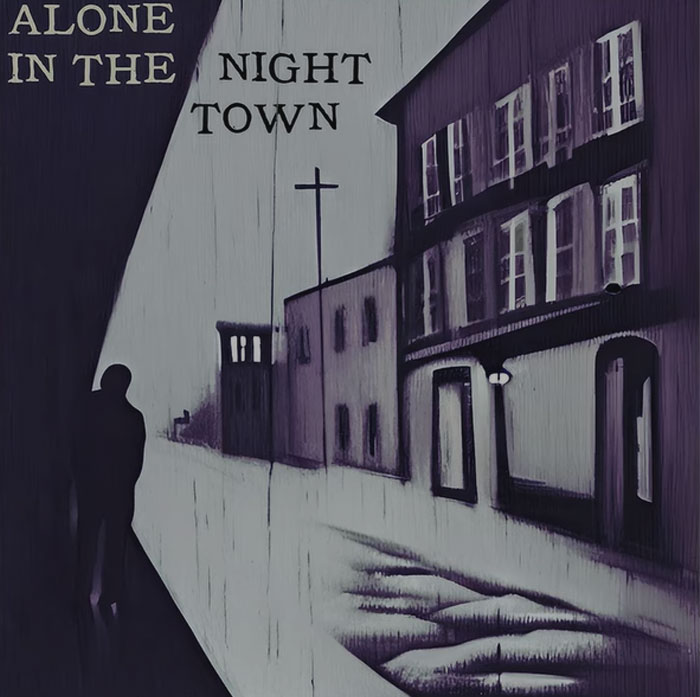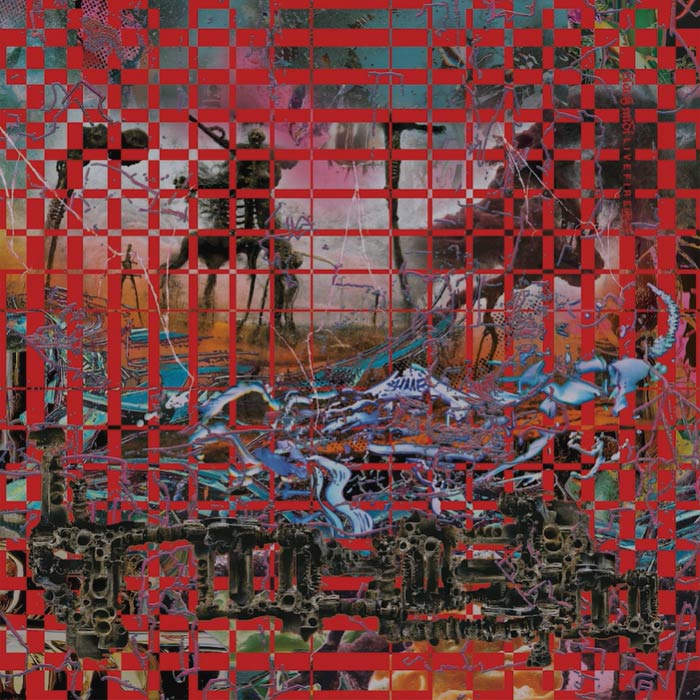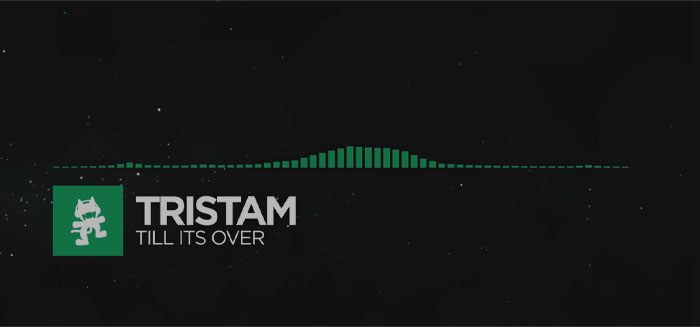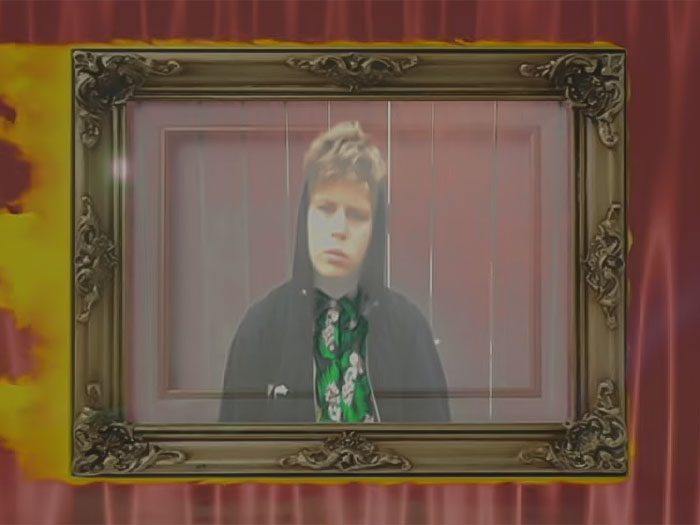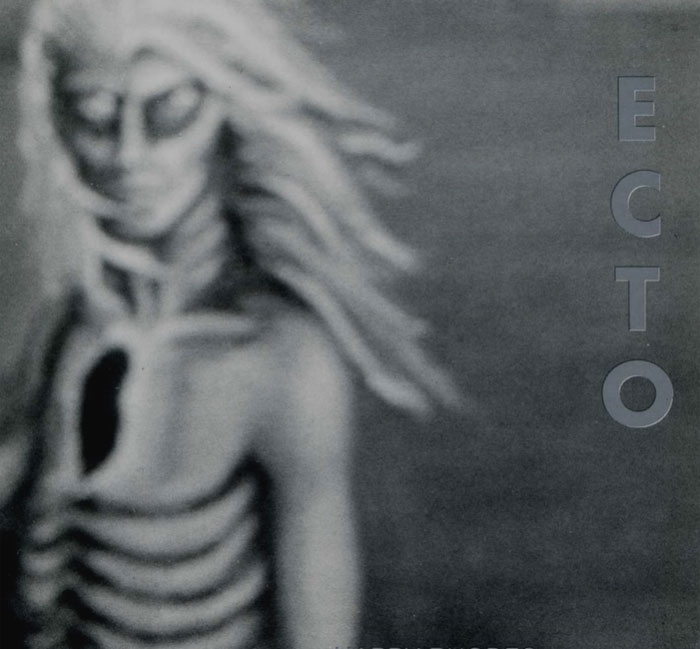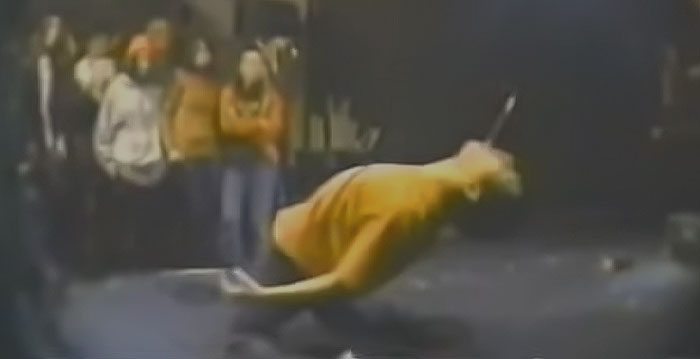I don’t know if you have noticed or not, but there has been a recent tendency to show off how unusual, rare, or downright weird the music you listen to is. Spotify even has an entire service called Obscurify, a mainstream meter if you will, that determines the level of obscurity of your playlist. I personally think that whether you listen to the most mainstream music possible or to something that probably only you and the artist themselves know about, this says nothing about the quality of your music taste (tell me in the comments if you agree with this).
Moreover, my music taste has been developing throughout my life, expanding, adding new artists and genres, but also sometimes stopping listening to some music. I am sure everyone who has ever listened to music can relate to this. Besides, very often, what we label as weird music genres are just not well-known in our part of the world but pretty popular and common somewhere else.
So, if you are looking for some new music genres to add to your playlist, check out the rare or even obscure music genres we collected for this article. Have you ever listened to any of these? I’d really recommend giving a try to all of them and seeing which ones happen to be to your liking. Of course, share this article with your music-loving friends, and if you know other lesser-known music genres, recommend them in the comments.
This post may include affiliate links.
Tuvan Throat Singing
Called in its native language Khöömei, Tuvan throat singing is a traditional art form in the region of Tuva (located in Russia, just northwest of Mongolia). To be able to hold multiple notes for a prolonged period, singers use special circular breathing.
Medieval Folk Rock
Medieval folk rock had a huge following in the ’60s and ’70s. Rock bands would incorporate Renaissance sound by playing only acoustic instruments, adding woodwind and string instruments that are not very common in rock, and modifying their vocals to match the era.
Fairport Convention. Strawbs. Fotheringay. I saw Steeleye Span in concert in support of their Parcel Of Rogues album.
Zydeco
If you combine the music of the indigenous Louisiana tribes with the blues music the state is famous for, you will get zydeco. Even though you will find plenty of guitar in its sound, the most typical instruments are the fiddle, the accordion, the washboard, and the vest frottoir.
Kawaii Metal
Japan is obsessed with all things cute (kawaii) but what happens when you combine cuteness with death metal? Kawaii metal, that’s what. The sound of this genre delivers on its name and has been steadily growing in popularity. Check out the all-female band Babymetal for a taste of kawaii metal.
Pirate Metal
It’s a pity metal didn’t exist back in the day when pirates roamed the seas; it would suit their overall aesthetic. Pirate metal mainly consists of typical sea shanties, though instead of rhythmic reading, performers shout-sing them, as is common for modern metal.
Math Rock
No, the lyrics in this one are not complicated math problems. Math rock got its name due to the unusual meters and complex time signatures it employs. First emerging on the scene in the 1980s, math rock reached its ultimate height in the mid-1990s, creating math pop, which uses the same compositional techniques.
Psychobilly
Psychobilly might have elements of rockabilly in it, but if rockabilly is all about love, sentiments, and rockin’ around the clock, psychobilly’s lyrical component revolves around horror, violence, and science fiction. Back in 1970s New York where psychobilly takes its origin, this genre was considered taboo.
The Meteors, Guanabatz, Klingonz and my personal favourites Demented Are Go.
Gothic Country
While musically remaining mostly country, the lyrical content of gothic country is all about death, loss, and other horrible things that happen to humans in life. It emerged out of the alternative country scene in Denver in the ’90s and is also known as dark country, gothic America, and horror country.
If it's anything like a cross between Nick Cave / The Cult / Sisters of Mercy and Tyler Childers, then I think a lot of broad genre listeners would love it!
Pansori, Traditional Korean Music
This traditional Korean storytelling is performed by a vocalist accompanied by a drummer (gosu). To give the story depth, the singer uses various body movements and tones of voice that accentuate the dramatic moments.
German Reggae
When you think about reggae, the first things that come to mind are the Jamaican sun, ocean breeze, and rum. And yet, reggae became increasingly popular in Germany around the late 1970s, creating its own genre. Around the mid-1990s, German reggae suddenly grew in popularity, and it retains its popularity to this day.
Fado
Coming from 1820s Portugal, lyrically, fado can be about anything, but it very often chose the lives of the poor as its subject. Musically, it has a very strict traditional culture. Its most prominent modern artists are Rodrigo Leao and the band Madredeus.
Gamelan
This percussion music was born on the Indonesian islands of Bali and Java. Even though it is not as popular recently as it used to be, gamelan is still used for traditional ceremonies and formal occasions.
Country-Hop
Country-hop, also referred to as country rap or kuntry, is a pretty modern genre that came to exist through viral videos and reality shows. Stylistically, it is a mix of country music and hip-hop. If you want to check it out, listen to Big Simo who is considered the best country rapper.
Hick Hop. And it's 'Big Smo' ...his first hit was Kickin' It In Tennessee.'
An amazing blue grass / country band is Gangstagrass! Fantastic sound
Splittercore
Take speedcore and crank up the BPM to anything from 600 up to 1000. Now you know what splittercore sounds like. With almost indistinguishable beats, this genre is not for the faint of heart.
Vaporwave
Once you listen to vaporwave, you either love it or hate it, there is no in-between. Artists who create in vaporwave are usually as particular about the visuals as the sound. This reflects in music videos and album sleeves that combine seemingly unmixable imagery. The music itself is also rather fragmented, incorporating anything from YouTube samples to other microgenres.
Soma fm has a vapor wave channel if anyone is curious. They also have a lot more genre stations and it's simply a great online free radio station of obscure music.
Catstep
Surprisingly, there are very few cats involved in the production of catstep. In fact, it is a subgenre of the widely popular filthstep. However, some artists couldn’t help but play with its name, and thus the biggest catstep record label is called Monstercat, while one of the most popular artists is TheFatRat.
Noh Theater
Coming from Japan, Noh theater is the oldest theatrical form still being performed in the modern day. It is often called Japanese opera. Performances are often based on tales from traditional literature. The instrumental ensemble includes a hip drum, a shoulder drum, a stick drum, and a flute.
Enka
Enka developed in Japan in the post-WWII years as sentimental ballads about life during this period. The modern form of this genre is believed to be dated to 1969. Around that period, enka also became popular in other Asian countries.
Simpsonwave
We can all agree that The Simpsons made a huge impact on popular culture. But did you know this cult TV show is responsible for the birth of an entire music genre? Lucien Hughes created some of the first Simpsonwave videos by combining sample audio and video from the show with another microgenre, vaporwave.
Witch House
You will find neither witches nor typical house sound in this genre. Though this genre didn’t survive past a few years, it is still interesting to listen to, especially if you appreciate slow tempo, chopped songs, and wonder what a mixture of goth, noise, drone, shoegaze, industrial, and hip-hop would sound like.
Zouk
Born in the street carnivals of Guadeloupe and Martinique in the early 1980s, zouk is full of tropical vibes and upbeat tempo. The most prominent names of the genre include Pierre-Edouard Decimus, George Decimus, Jacob Desvarieux, and the band Kassav’.
Soca
Taking its influences from soul, cadence, and funk, soca became exceedingly popular in Trinidad and Tobago, Saint Lucia, Guyana, and Barbados in the 1970s. If you listen to it, it will become very clear why this genre is often referred to as “the soul of calypso.”
Chap Hop
Chap Hop is a mixture of hip-hop, Chappism (a style established by the British humorous magazine The Chap), steampunk, and all things British (think tea, weather, and cricket). If this sounds like your cuppa, check out Professor Elemental and Mr. B The Gentleman Rhymer.
Freakbeat
A lot of new genres and elements emerged in the 1960s, and freakbeat was one of them. Combining British rhythm & blues, pop rock, beat music, and psychedelia, freakbeat is often considered the British version of American garage and psychedelic rock.
Lowercase
We’re not discussing typography here. In 2001, Steven Roden created a new style of ambient music that he called lowercase. One of the prominent examples is his album Forms of Paper, where he recorded various types of paper being handled, and then modified the sound in various ways.
Folktronica
With electronic music being around since the late 1960s and folk music much longer, it was inevitable that one day someone would try to merge them. They may sound mutually exclusive, but folktronica often employs acoustic instruments.
Hypnagogic Pop
In science, the term hypnagogic defines a state you are in just before you fall asleep. That said, hypnagogic pop doesn’t mean you have to listen to it before bed. This name was created by UK journalist David Keenan for bands who slowed down, looped and heavily affected sounds from the 1980s, creating a dreamlike psychedelia.
Skweee
Originating from Sweden and Finland, skweee is mostly instrumental and combines synth leads and funk and soul-sounding rhythms. The name implies that when you play skweee, you try to “squeeze out” the grooviest sound possible. It is also believed to have had a huge influence on the birth of dubstep.
Nintendocore
If you have ever played Nintendo, you will recognize its very specific music and sound effects wherever you go. Yet, Nintendocore is more than that. Combining retro video game music with chiptune, adding hardcore punk and heavy metal, it first appeared in the early 2000s.
Gabber
If you thought hardcore techno was heavy, welcome to gabber. It was created in the Netherlands in the 1990s in protest against overly pop-based techno music. Starting out as an underground, anti-establishment genre, gabber continuously works to stay as non-mainstream as possible.
I've got a couple of Ultraviolence albums, first one is good, the second was so far up its own backside it could check for blockages.
Straight Edge Punk
Hardcore punk was well known for its excesses back in the ’80s. Opposing this, straight edge punk, taking its name from a punk song, came to exist. Fans and followers would abstain from alcohol and recreational drugs, and some even would maintain a strict vegan diet and refrain from caffeine. However, they were often seen as pretentious by traditional punks.
I have met the Vibrators some 25 years ago, I assure you they have nothing to do with Straight Edge 😁
Solipsynthm
Even Spotify labels this genre as “solo laptop experimentalists,” and it doesn’t get more hipster than that. Those who have tried this genre single out an artist named Mystery Skulls.
Neurofunk
The easiest way to describe neurofunk is drum and bass. Emerging in London in the late ’90s, this genre is, in fact, much more than that. Breakbeats to backbeats, influences that include house, techno, and jazz, but also a hard funk foundation, it is a pretty complex and inexplicable genre.
Screamo
Screamo, or skramz, might be a subgenre of emo, but unlike the former’s expressive lyrics, it goes deeper into emotional pain and human rights. Sound-wise, screamo is heavily inspired by hardcore punk.
Qawwali
Qawwali is largely popular in India, Pakistan, and some other South Asian countries; however, not many have heard about it in the West. It has been around for over 700 years. With a complex lyrical component that often has layers of meaning, this devotional music is devoted to the mysticism of Islam.
Soukous
Soukous emerged in the 1960s as dance music in the Congo Basin. Its high tempo, somewhat resembling rumba, helped it grow in popularity. During the 1980s, soukous reached France where it also became very popular.
Drone
No, not the filming device. Drone is best described as a harmonic or monophonic effect or accompaniment, with one note or chord sounding constantly. Drone also claims to let dopamine flow through you when you listen to it. This style comes with multiple subgenres such as drone ambient, drone techno, and drone metal.
Impossible Music — black Midi
When playing music with electronic instruments or recording it through computers and other devices, musicians use MIDI files. A group of musicians took these files to create compositions that are said to be impossible to play by humans. A similar type of music emerged in 1947 when composer Conlon Nancarrow would punch holes in player piano rolls, thus creating complex musical pieces.
Glitch Hop
A lot of music genres owe their existence to hip-hop, and glitch hop is one of them. It includes beat repeats, lo-fi sound, chopping, and other glitch techniques, as well as elements of hip-hop.
Cloud Rap
Rapper Lil B is often credited for the birth of this genre. Commonly, it includes atmospheric, ambient synthesizers with the lyrics rapped on top of it. Later, Yung Lean added a trap beat to the sound, giving it a whole new feel.
Ectofolk
Back in 1991, Ecto was an album by Happy Rhodes, an American singer-songwriter. Since then the genre has expanded to include many other musicians who use a similar approach to produce music.
Hmmm based on name and picture I thought this might have to do with the paranormal. Disappointed again.
Danger Music
The fact that music can affect not only your emotions but also your instincts has been well known and also well used for ages. One good example would be horror film scores. The danger music genre took the idea of giving you an adrenaline rush and making you feel in danger to a whole new level.
Interesting. I've only heard the first two as titles for the music, but wish BP could include sound clips so I could hear samples
A good mix here - some variations on better-known genres (including novelties and experiments) and some that are well-established and geography-specific (such as soca, gamelan, and Mongolian throat singing).
This further convinces me that people just make up music genres.
This was great! I looked most of these up on YouTube, and made discovered some wonderful stuff to add to my Spotify playlist.
Check out Soma FM. It's a free online radio station with multiple obscure genres.
Interesting. I've only heard the first two as titles for the music, but wish BP could include sound clips so I could hear samples
A good mix here - some variations on better-known genres (including novelties and experiments) and some that are well-established and geography-specific (such as soca, gamelan, and Mongolian throat singing).
This further convinces me that people just make up music genres.
This was great! I looked most of these up on YouTube, and made discovered some wonderful stuff to add to my Spotify playlist.
Check out Soma FM. It's a free online radio station with multiple obscure genres.

 Dark Mode
Dark Mode 

 No fees, cancel anytime
No fees, cancel anytime 






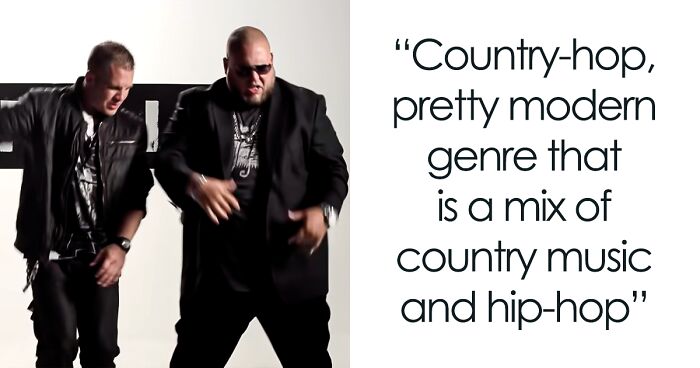
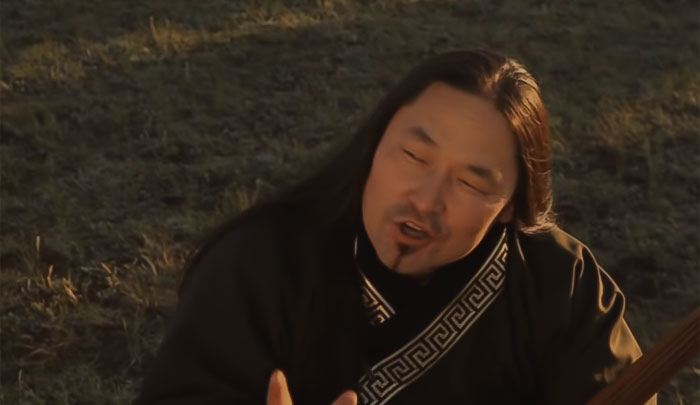

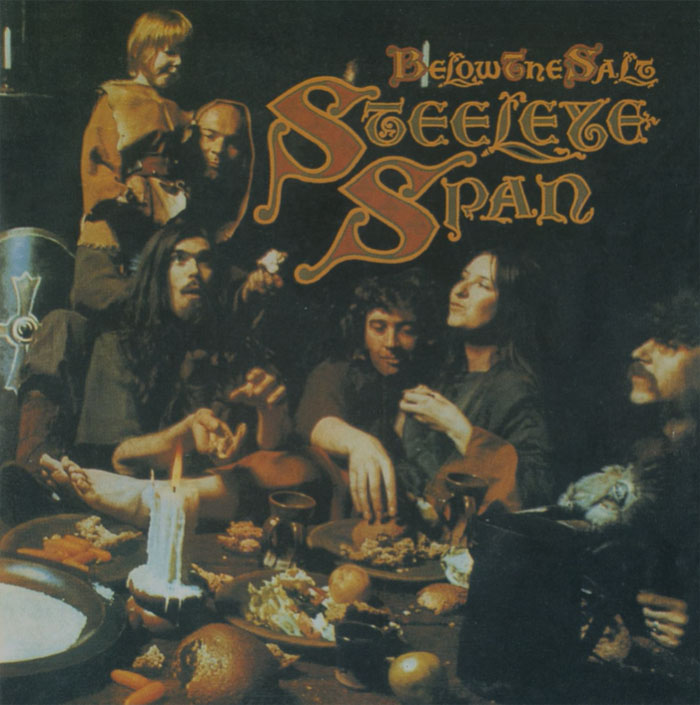
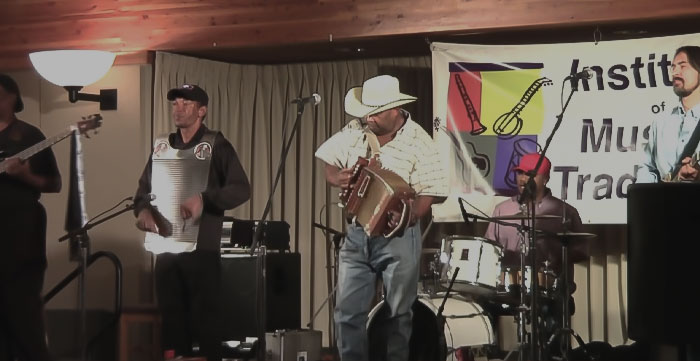
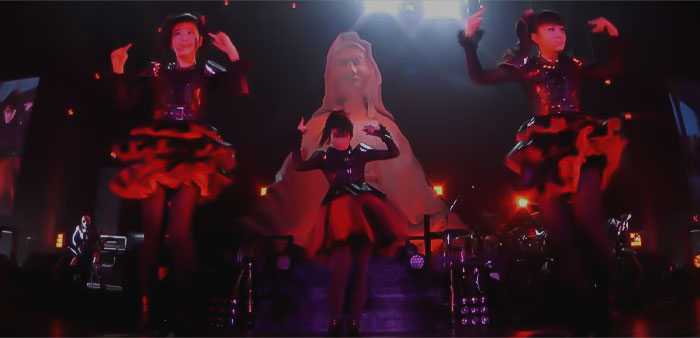
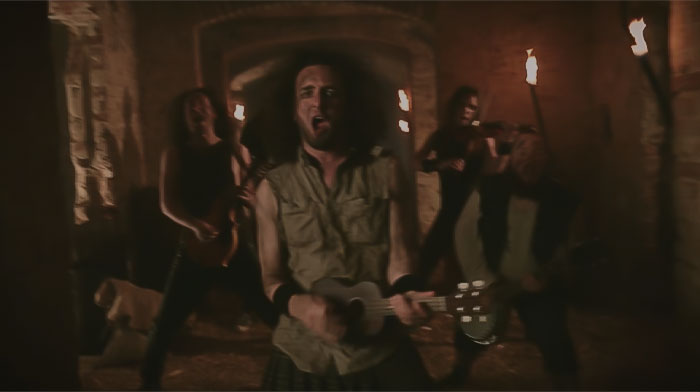
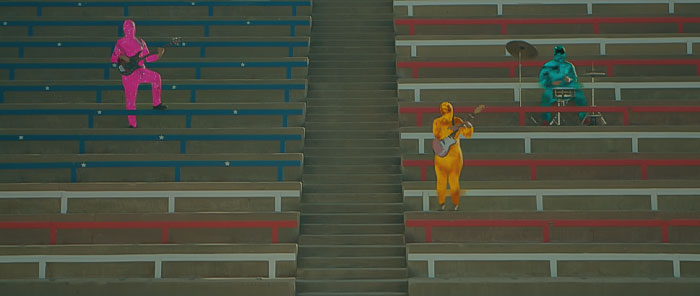
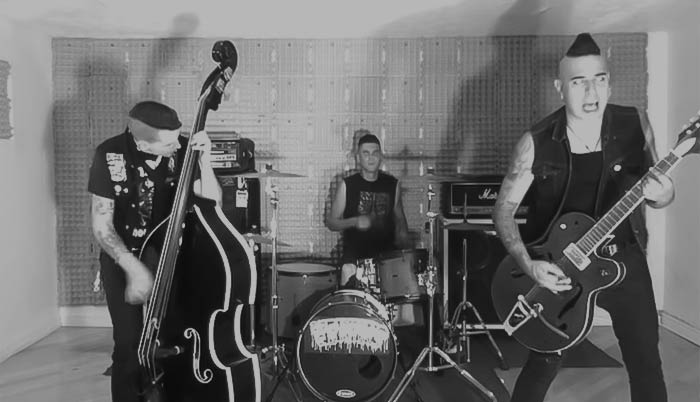
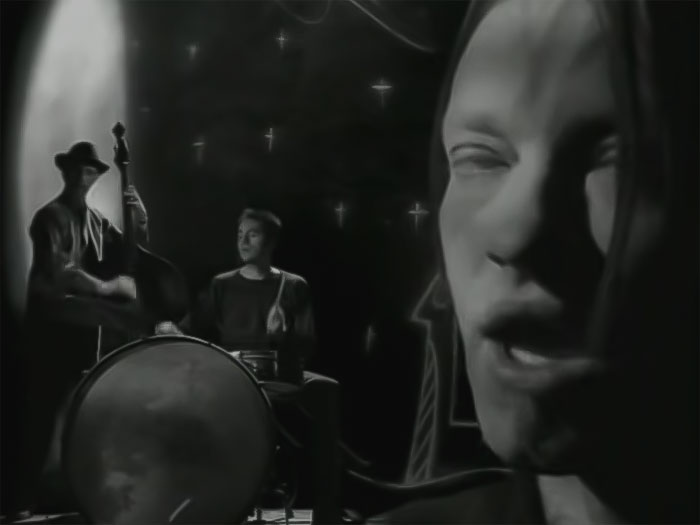
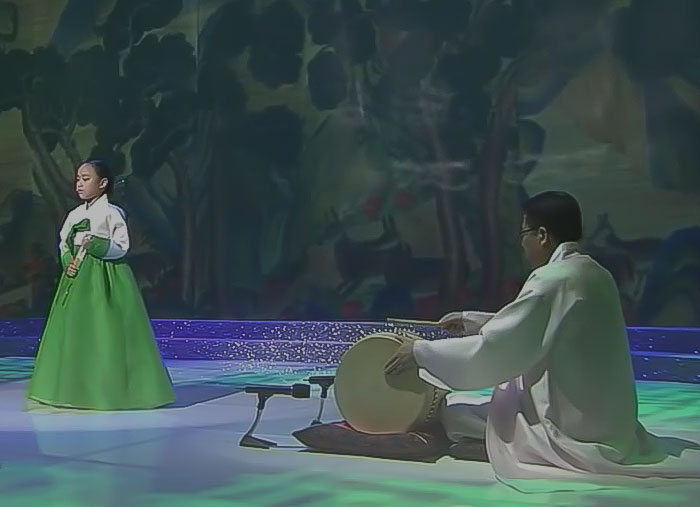
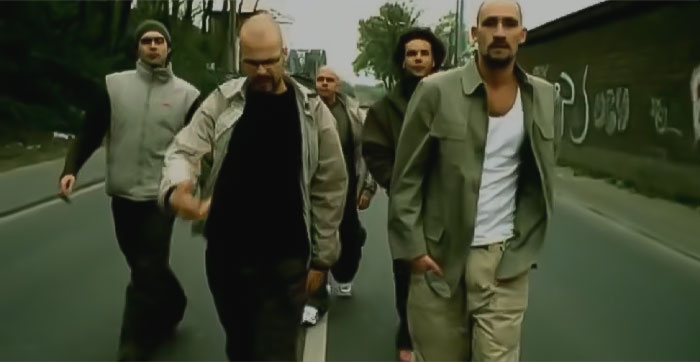
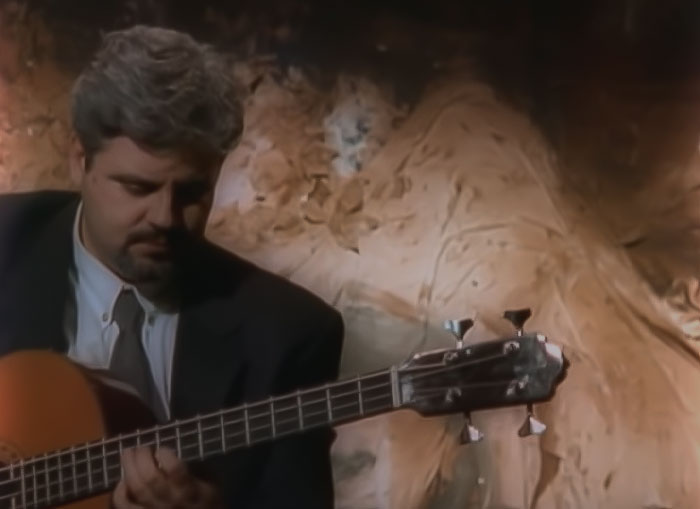
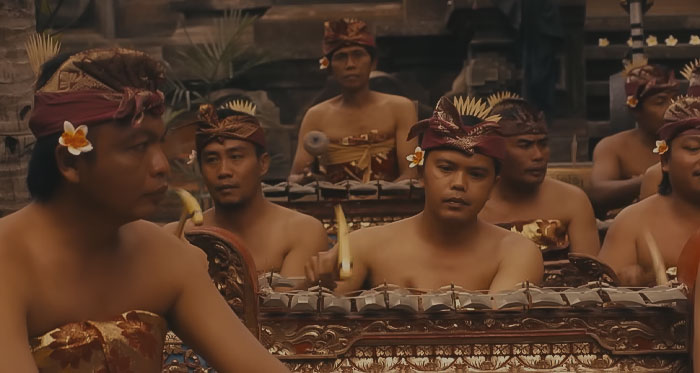
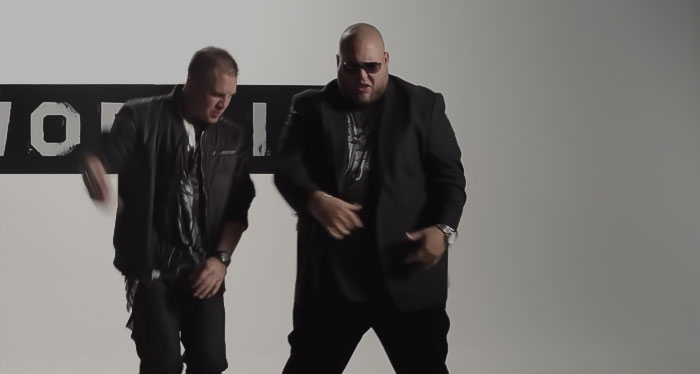
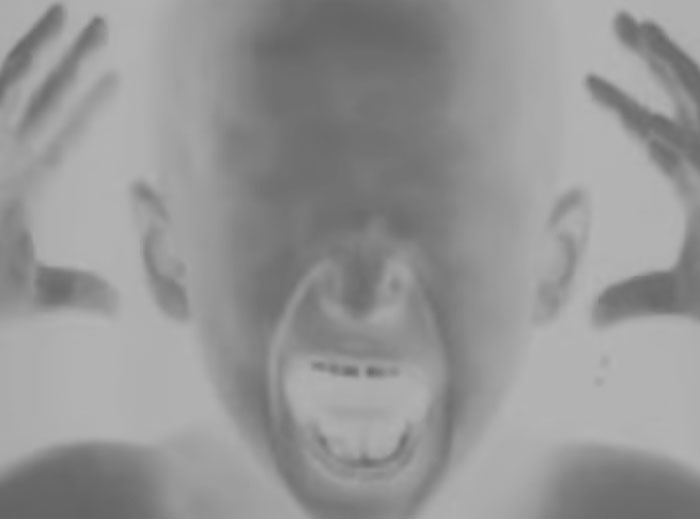

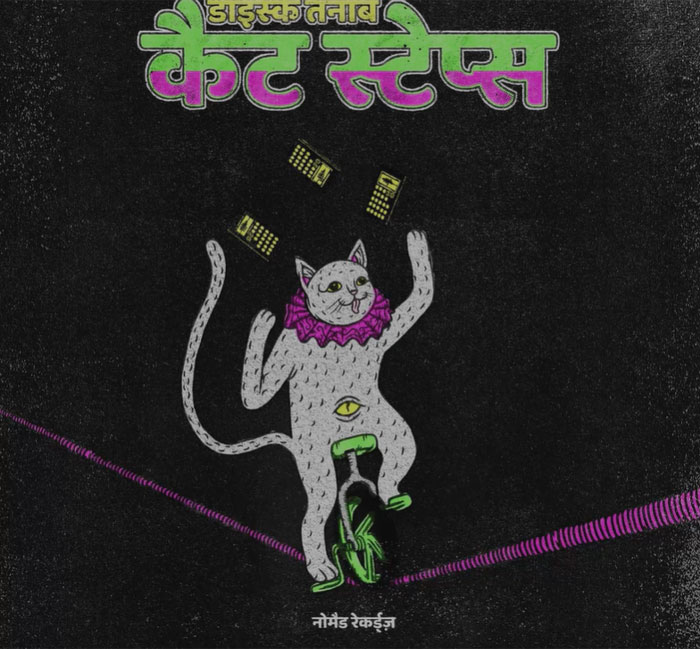

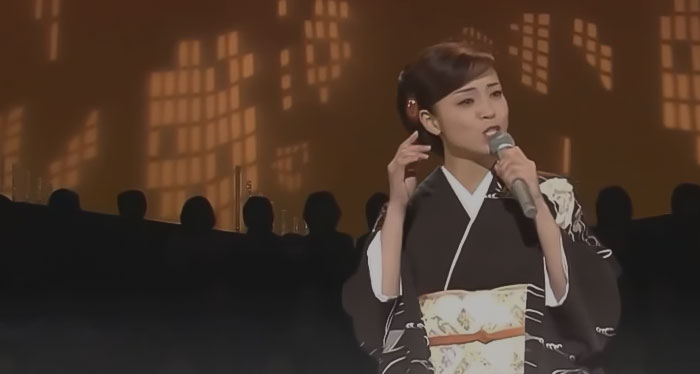
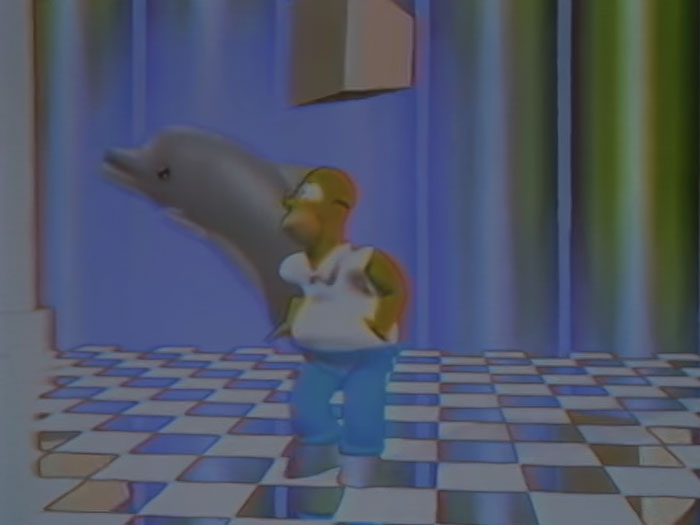
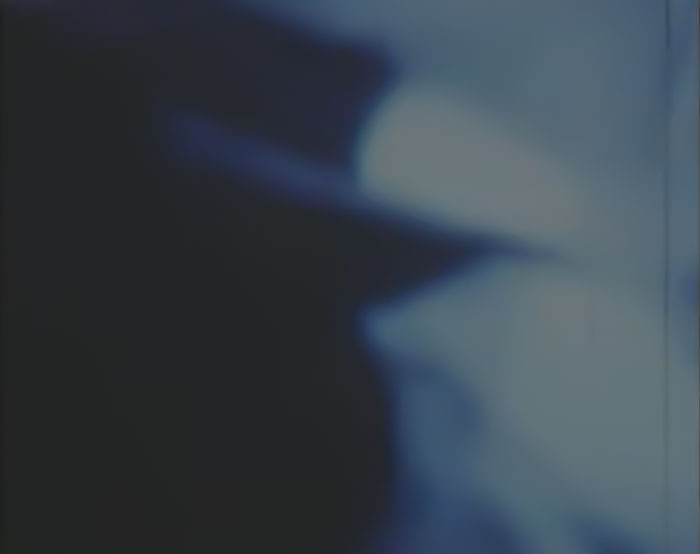
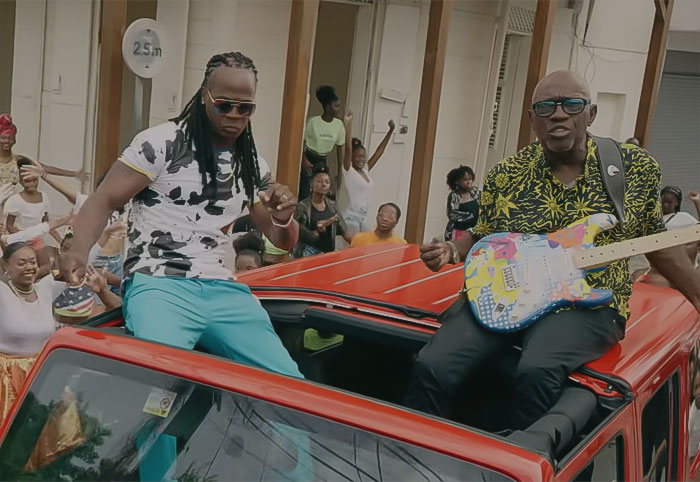
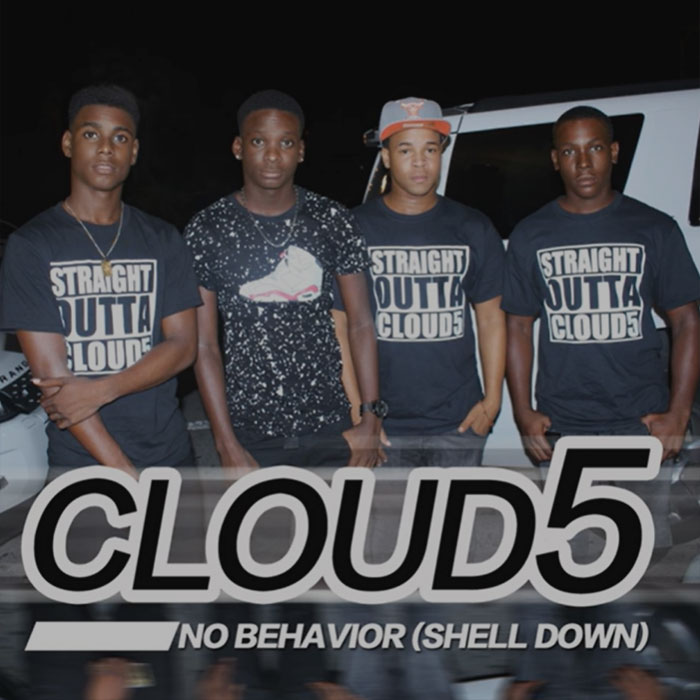




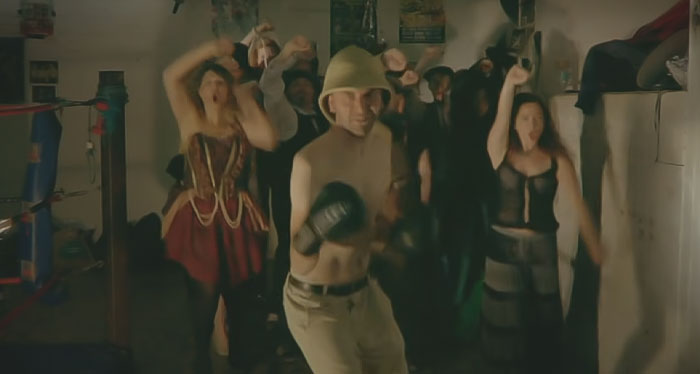
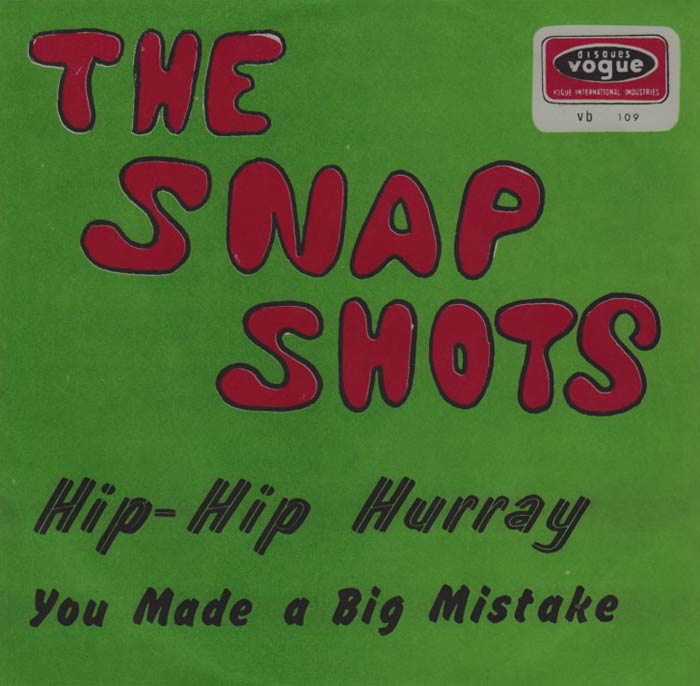
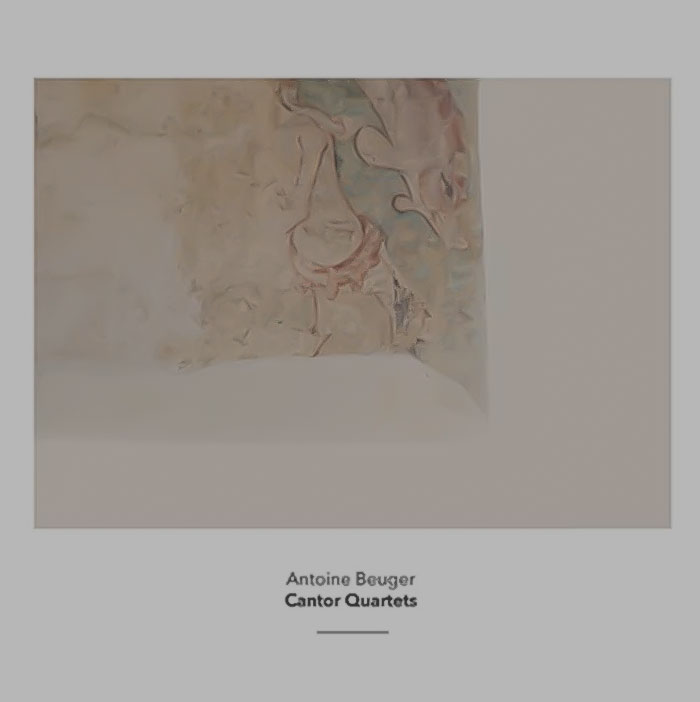
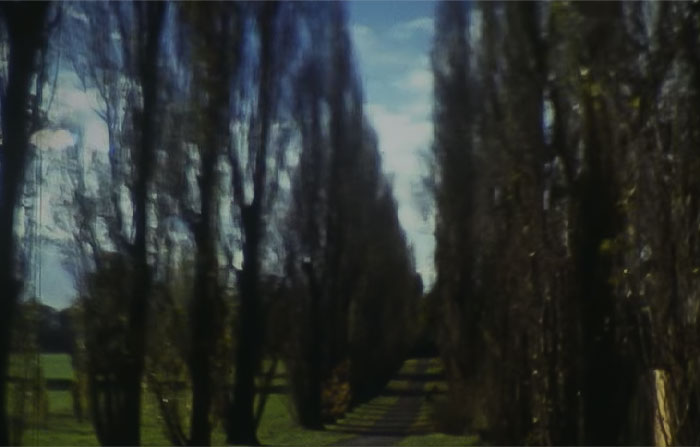
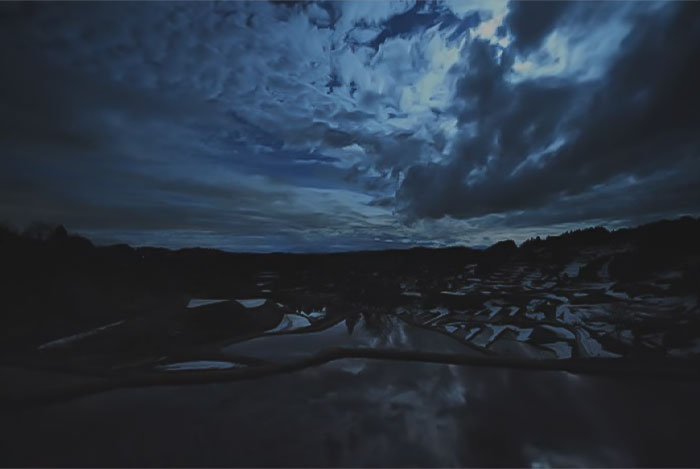
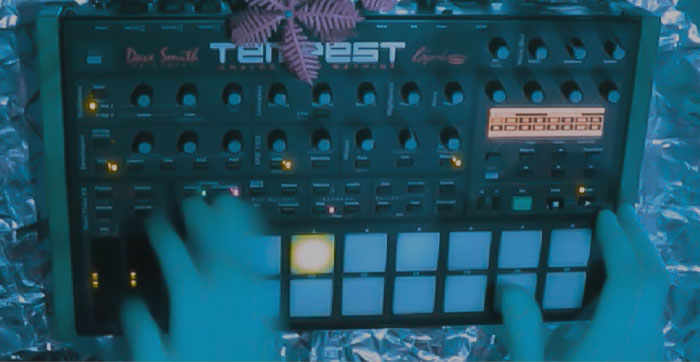
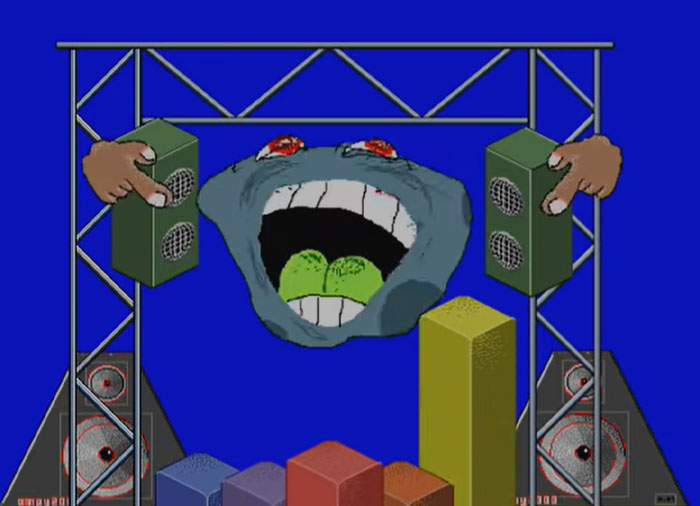
![Image from 3 Steps Ahead - It's Delicious [Gabber][NL][1997] music video - three young man dancing outside Image from 3 Steps Ahead - It's Delicious [Gabber][NL][1997] music video - three young man dancing outside](https://www.boredpanda.com/blog/wp-content/uploads/2023/05/obscure-music-genres-27-645b632945c6e__700.jpg)
